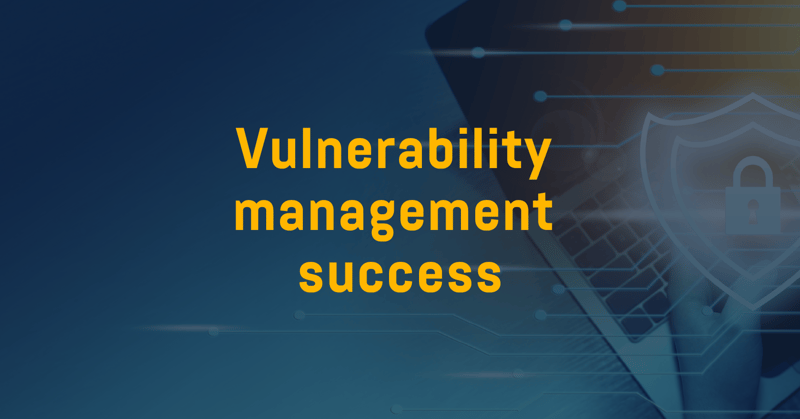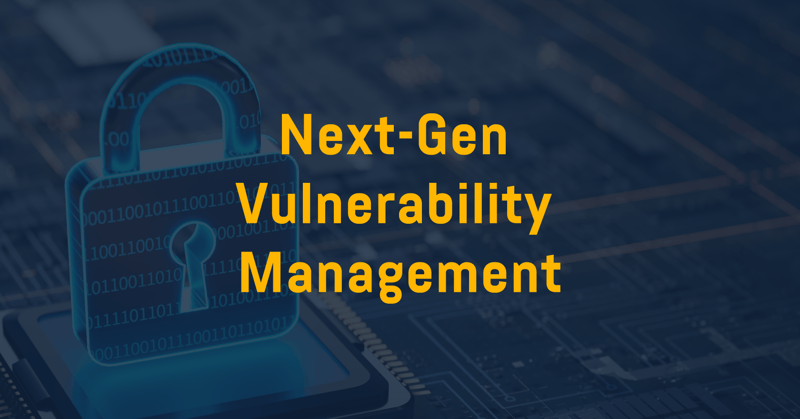Mastering the Art of Digital Defense: Cloud Misconfigurations
Cloud Misconfigurations: Uncovering the Silent Threat
Cloud misconfigurations often arise from human error or oversight during the setup and maintenance of cloud services. Unlike traditional attacks, cloud misconfigurations do not require attackers to exploit technical vulnerabilities; instead, they capitalize on the configuration flaws that expose sensitive data and resources.
At its core, cloud misconfigurations represent the unintended exposure of cloud services to the public internet, allowing malicious actors to access and compromise data without needing to breach traditional network defenses.
Inadequate Identity and Access Management (IAM)
Poorly configured IAM policies can lead to unauthorized privilege escalation, such as when an IAM role is misconfigured and grants unintended access to sensitive AWS resources.
Unsecured APIs
Exposing APIs without proper authentication or encryption is a security risk. For instance, exposing a database API without any authentication allows anyone to query sensitive data.
Overly Permissive Permissions
Excessive access to resources can lead to unauthorized data exposure, such as publicly accessible S3 buckets containing sensitive customer data.
Unencrypted Data
Storing sensitive data without encryption makes it vulnerable to theft, such as storing credit card information in an unencrypted database.
Secure Your Cloud Assets
Talk to a Cyber Security Expert Today
The Ultimate Cloud Security Solution
As you transition to the cloud, modernize hybrid applications, or create new cloud-based apps, Holm Security is here to enhance your cloud security.
Discover & Take Control of Misconfigurations
Get complete visibility and actionable context on your most critical misconfigurations and empower your teams to proactively and continuously improve your cloud security. Stay one step ahead of threats and secure your cloud native environment like never before.
Detect & Respond to Threats at Lightning Speed
Give your security, development, and operational teams the power to efficiently prioritize and remediate risks in your cloud native environment as early as possible in the application development life cycle. With Cloud Security, you'll never be caught off guard by threats again!
Protect Your Cloud Identity Access & Management
Maintain least-privilege access for your cloud workloads, data, and applications, reducing the risk to your organization and giving you peace of mind. Get unparalleled security and control with Cloud Security.


Continuously Monitor.
Identify Vulnerabilities.
Remediate Misconfigurations.
Cloud Security is a comprehensive cloud security posture management solution that continuously detects misconfigurations, policy violations, and compliance risks in cloud environments, including cloud-native services. With our CSPM, you can easily scan your cloud providers for configuration issues that could put your security at risk. We offer support for Microsoft Azure, Amazon Web Services (AWS), and Google Cloud and provide coverage for multiple cloud services.
Discover & Take Control of Misconfigurations
Get complete visibility and actionable context on your most critical misconfigurations and empower your teams to proactively and continuously improve your cloud security. Stay one step ahead of cybercriminals and secure your cloud native environment like never before.
Get a Bird's Eye View of Your Multi-Cloud Environment
Keep your finger on the pulse of your entire cloud environment. Cloud Security provides multi-cloud visibility and asset management, giving you full control of your cloud platforms, services, resources, regions, accounts, and divisions.
Full Visibility.
Complete Security.
Scan It All.
Elevate your API security effortlessly. Identify and resolve vulnerabilities, ensuring no potential entry points are left unscanned or exposed to attacks. Safeguard your externally facing applications confidently.
Effortless API Security
Fortify your APIs effortlessly for robust protection. Conduct thorough scans of REST, GraphQL, and SOAP endpoints, quickly assess security, and ensure up-to-date and secure entry points so you can confidently catch new vulnerabilities.
Complete API Coverage
Gain complete visibility and coverage for API endpoints. Find vulnerabilities with tailored scans, targeting security misconfigurations and injection flaws from the OWASP Top 10 API security list. Rest easy knowing your APIs are comprehensively protected.
See For Yourself
Try Our Platform for Free Today!
See the Difference a Next-Gen Vulnerability Management Platform Makes
From local government to industry-leading retailers, discover how Holm Security helps solve cyber security problems.
Safeguard Your Business from Cyberattacks
Extend Visibility
Know what you're up against. We can help you identify your IT system's weak points, categorize the assets that are vulnerable, and pinpoint the most likely threats. This knowledge will help you take action to protect your business proactively.
Prioritize Action
Identifying risks is just the first step; you need to act on them. We can help you develop a clear action plan that prioritizes your actions based on the level of threat, potential impact, and resources.
Communicate Risk
Don't keep cyber security risks a secret - communication is key. Get a clear view of your business' cyber risk with Holm Security. Our platform provides security executives and business leaders with centralized and business-aligned insights, including actionable insights into your overall cyber risk.
Latest news

5 ways to create a successful vulnerability management program
A successful vulnerability management program requires these 5 key components.

Coming up in 2025: Building the future of Next-Gen Vulnerability Management
Whether you manage thousands of endpoints or complex cloud infrastructure, our platform is evolving to meet your needs - with greater precision and flexibility than ever before.
FAQ
What Are Cloud Misconfigurations, And Why Are They A Concern?
Cloud misconfigurations refer to the incorrect or insecure settings and configurations of cloud resources and services. These can occur in Amazon Web Services (AWS), Microsoft Azure, or Google Cloud Platform (GCP). They are a significant concern because they can lead to data breaches, unauthorized access, and service disruptions. Misconfigurations often expose sensitive data or allow attackers to exploit vulnerabilities, potentially causing financial and reputational damage to organizations.
What Are Some Common Examples Of Cloud Misconfigurations?
Common examples of cloud misconfigurations include:
- Publicly Accessible Resources: Instances or storage buckets left publicly accessible, allowing unauthorized users to access sensitive data.
- Weak Access Controls: Inadequate or misconfigured identity and access management (IAM) policies, granting excessive permissions to users or services.
- Unencrypted Data: Failure to encrypt data at rest or in transit, making it vulnerable to interception or theft.
- Unused or Unpatched Resources: Leaving unused resources running or failing to apply security patches and updates, creating potential vulnerabilities.
- Lack of Monitoring and Logging: Inadequate monitoring and logging configurations, making it challenging to detect and respond to security incidents.
How Can Organizations Prevent Cloud Misconfigurations?
To prevent cloud misconfigurations, organizations can take several proactive measures, including:
- Regular Audits: Conduct regular audits of cloud configurations to identify and rectify any misconfiguration.
- Security Best Practices: Follow cloud providers' security best practices and guidelines for securing resources.
- Automation: Implement automation tools and scripts to enforce security policies and configurations consistently.
- Least Privilege: Implement the principle of least privilege (PoLP) to ensure that users and services only have the permissions they need.
- Training and Awareness: Provide training and awareness programs for staff to educate them about cloud security and the risks of misconfiguration.
- Monitoring and Alerting: Set up robust monitoring and alerting systems to detect and respond to any suspicious activity or misconfigurations promptly.
- Third-party Security Solutions: Consider using third-party security solutions that specialize in cloud security to augment your organization's defenses.





